A Deep Dive into the World of the Tasmanian Devil
The Tasmanian devil, Sarcophilus harrisii, is arguably the world’s largest carnivorous marsupial. More than just a fearsome name, this creature is a vital component of the Tasmanian ecosystem, facing significant challenges and captivating the imaginations of people worldwide. This article explores all facets of the Tasmanian devil’s life, from its evolutionary history and ecological role to its current conservation status and behavior.
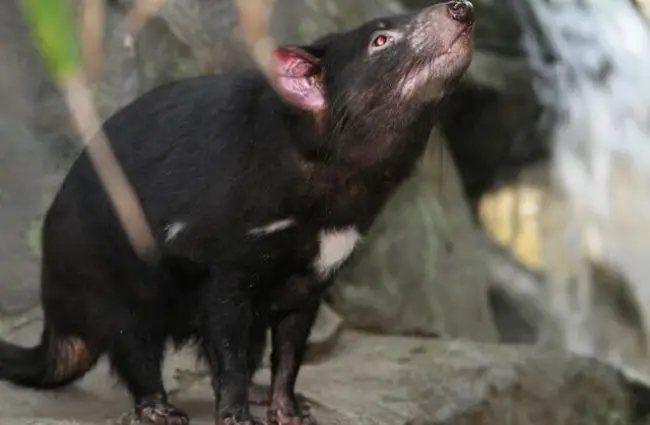
Origins and Evolution
The Tasmanian devil’s evolutionary journey is a testament to adaptation and survival. Fossil evidence suggests that the devil’s ancestors were much larger, resembling dogs or small kangaroos. These ancestors migrated to Tasmania from mainland Australia thousands of years ago, likely before the separation of the landmasses. The arrival of the dingo on mainland Australia is believed to have driven the larger marsupial carnivores to extinction there, leaving the Tasmanian devil as the sole surviving member of its family. Over time, the devil adapted to its island environment, becoming smaller and more reliant on scavenging and opportunistic hunting. This evolutionary process shaped the robust build, powerful jaws, and distinctive vocalizations we know today.
Habitat and Distribution
The Tasmanian devil is endemic to the island state of Tasmania, Australia. They occupy a variety of habitats, including dense forests, coastal heath, and woodlands. They are remarkably adaptable and can thrive in diverse environments, provided there is adequate shelter and a reliable food source. Historically, their range covered the entire island, but populations have declined in some areas due to habitat loss and disease. Current strongholds remain in western and southwestern Tasmania, where the rugged terrain provides ample cover. They establish dens in hollow logs, burrows, or under vegetation, using them as a base for foraging and raising young.
Diet and Feeding Behavior
Tasmanian devils are renowned for their scavenging abilities, but they are also active hunters. Their diet is remarkably varied, encompassing a wide range of prey and carrion. They will consume everything from small mammals and birds to insects, reptiles, and fish. Carrion, especially the carcasses of larger animals such as kangaroos and wallabies, forms a significant portion of their diet. Their powerful jaws and sharp teeth allow them to crush bones and consume almost all parts of a carcass. This efficient feeding behavior plays a crucial role in preventing the spread of disease by quickly removing potential sources of infection.
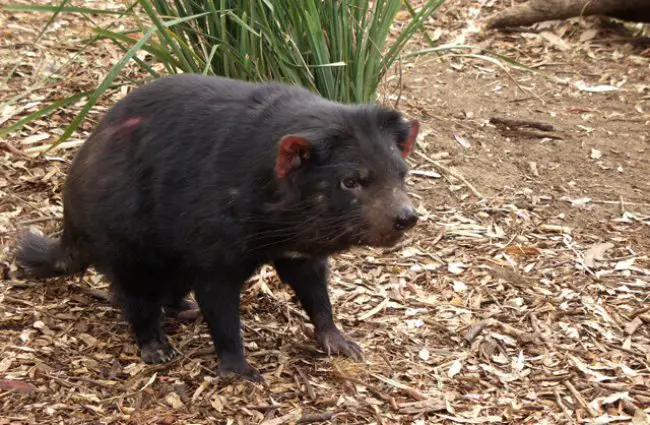
Social Structure and Behavior
Contrary to their fierce reputation, Tasmanian devils are often solitary animals, although they will come together to feed on large carcasses. At these feeding frenzies, a complex social hierarchy emerges, with dominant individuals gaining access to the best parts of the meal. Their characteristic vocalizations, including growls, snarls, and screams, are used to communicate during these interactions. These vocalizations are also used in courtship displays and to defend territories. While not strictly territorial, devils will defend their dens and food sources from other individuals.
Reproduction and Life Cycle
The breeding season for Tasmanian devils typically occurs between March and June. Males compete fiercely for access to females, engaging in elaborate courtship displays and sometimes physical confrontations. Females typically give birth to a litter of 20 to 40 cubs, but only four survive, developing in a pouch for approximately four months. These young devils remain dependent on their mother for several more months, learning essential hunting and survival skills. Tasmanian devils reach sexual maturity at around two years of age and can live for up to eight years in the wild.
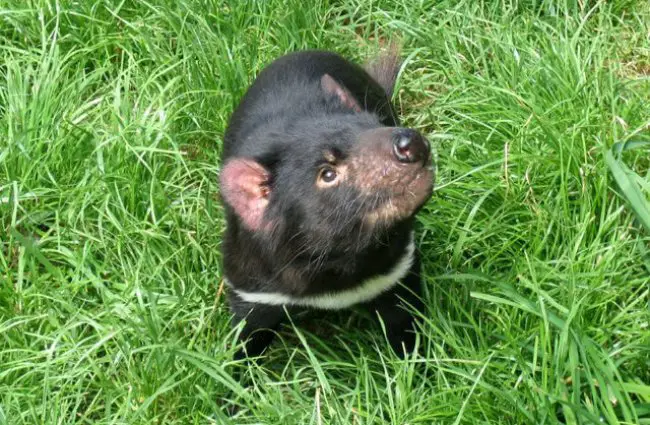
Ecological Role and Interactions
Tasmanian devils play a critical role in maintaining the health of the Tasmanian ecosystem. As important predators and scavengers, they help regulate populations of other animals and prevent the spread of disease. They compete with other carnivores, such as quolls and feral cats, for food resources. They also serve as prey for larger predators, although this is less common. By removing carrion, they contribute to the nutrient cycle and promote healthy vegetation growth. Their presence is an indicator of a thriving and balanced ecosystem.
The Devil Facial Tumor Disease (DFTD)
The Tasmanian devil is facing an unprecedented threat from Devil Facial Tumor Disease (DFTD), a contagious cancer transmitted through biting. DFTD causes grotesque tumors to develop on the face, mouth, and neck, eventually interfering with feeding and leading to starvation. Since its emergence in the late 1990s, DFTD has decimated Tasmanian devil populations, reducing their numbers by as much as 90% in some areas. Researchers work tirelessly to understand the disease and develop effective treatments, including vaccines and gene therapies. Conservation efforts, such as establishing insurance populations in disease-free areas, are also crucial to the species’ survival.

Tasmanian Devils and Humans
Historically, Tasmanian devils were persecuted by humans, who saw them as a threat to livestock. They were also hunted for their fur and meat. Today, Tasmanian devils are legally protected, and hunting is prohibited. However, they still face threats from roadkill, habitat loss, and climate change. Efforts are underway to mitigate these threats and promote the recovery of the species. Responsible tourism can also play a role by supporting conservation initiatives and raising awareness about the plight of the Tasmanian devil.
Encountering a Tasmanian Devil in the Wild
While encounters with Tasmanian devils in the wild are relatively rare, it is important to know what to do if you happen to come across one. Maintain a safe distance and do not approach the animal. Avoid making sudden movements or loud noises. If the devil appears agitated or aggressive, slowly back away. Never attempt to feed or touch a Tasmanian devil, as they can inflict a painful bite. Report any sightings of sick or injured devils to the relevant authorities.
Caring for Tasmanian Devils in Captivity
Zoos and wildlife sanctuaries play an important role in the conservation of Tasmanian devils. Providing appropriate care for these animals in captivity requires specialized knowledge and facilities. Enclosures should be spacious and provide ample opportunities for foraging, climbing, and denning. A balanced diet consisting of meat, bones, and organs is essential. Regular veterinary care is crucial to monitor the health of the animals and prevent the spread of disease. Enrichment activities, such as puzzle feeders and scent trails, can help stimulate their natural behaviors.
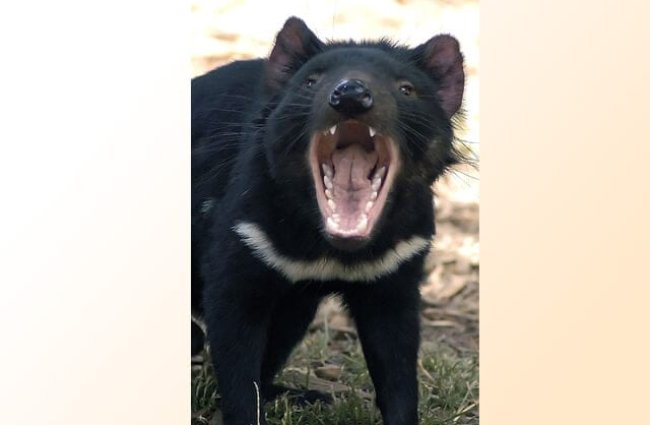
Fascinating Facts
- Tasmanian devils have an incredibly strong bite force, proportional to their size, allowing them to crush bone.
- Their black fur and white markings are unique to each individual, similar to human fingerprints.
- They can run at speeds of up to 24 kilometers per hour in short bursts.
- They communicate through a variety of vocalizations, including growls, snarls, and screams.
- They play an important role in controlling populations of feral cats and foxes.
The Tasmanian devil is a remarkable creature, facing significant challenges but also inspiring hope. Through continued research, conservation efforts, and public awareness, we can ensure that this iconic species continues to thrive in the wild for generations to come. Their future is inextricably linked to the health of the Tasmanian ecosystem, and our collective responsibility to protect it.

![Red Angus Closeup of a beautiful Red Angus cowPhoto by: U.S. Department of Agriculture [pubic domain]https://creativecommons.org/licenses/by/2.0/](https://animals.net/wp-content/uploads/2020/03/Red-Angus-4-238x178.jpg)
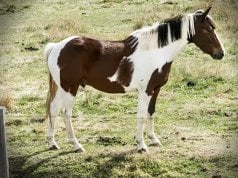
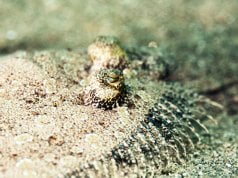
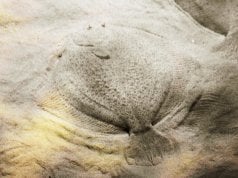
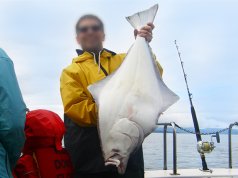
![Red Angus Closeup of a beautiful Red Angus cowPhoto by: U.S. Department of Agriculture [pubic domain]https://creativecommons.org/licenses/by/2.0/](https://animals.net/wp-content/uploads/2020/03/Red-Angus-4-100x75.jpg)

